April 14, 2025 | 00:25 GMT +7
April 14, 2025 | 00:25 GMT +7
Hotline: 0913.378.918
April 14, 2025 | 00:25 GMT +7
Hotline: 0913.378.918

Deputy Minister Phung Duc Tien pointed out opportunities and challenges in the current domestic and international context.
At the regular press conference of the Ministry of Agriculture and Rural Development in September 2022, news agencies and the press are interested in the export target of the agricultural sector for the year.
Accordingly, the Government assigned an export target of $50 billion in 2022. However, right from the middle of the year, leaders of MARD simultaneously said that the agricultural sector will reach and exceed this number. With no sudden changes and a stable production speed as in the first 9 months of the year, the total export turnover of agriculture, forestry, and fishery could set a record of $55 billion.
Optimistic about this prospect, Deputy Minister of Agriculture and Rural Development Phung Duc Tien pointed out the current opportunities. The first opportunity is the foreign exchange rate. Due to the continuous increase in the USD price, which has just surpassed the threshold of 24,000 VND/USD, exporters will be "supported" by the fact that Vietnamese goods will become cheaper in the international arena.
This process is forecasted to carry into 2023 because the US Federal Reserve (FED) is likely to continue to raise deposit rates. This means that the USD price is still going up. On the other hand, the VND is being pressured to depreciate due to the current account deficit, helping export goods reach more people.
Another reason mentioned by the Deputy Minister of MARD is that the demand for food and foodstuffs in Western countries always increases in the last three months. This is an occasion for Europe and the United States to have many holidays such as Christmas, and New Year ... and helped the agricultural industry grow "rapidly" at the end of 2021.
Among 7 agricultural, forestry, and fishery products/groups with an export value of over $2 billion, Vietnam has huge advantages in coffee, rubber, shrimp, wood, and wood products. In addition, Vietnam's pangasius industry, currently exporting nearly $2 billion, is also considered to have a unique position in the market.
"The good thing is that we have been proactive and flexible both in the structure of export products and in directing the production and opening the market. For example, in the forestry sector, Vietnam has successfully switched to exporting wood pellets and chips, helping to ensure the growth rate of export value," said Deputy Minister Phung Duc Tien.
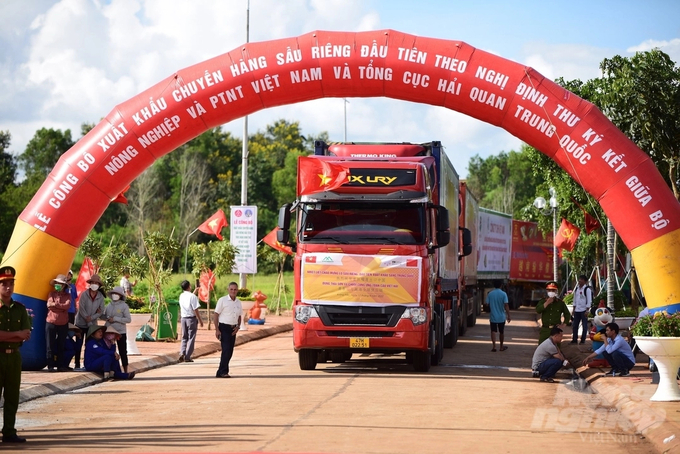
In September 2022, Vietnam exported the first official batch of durian to China.
Despite having many advantages, Vietnam's agricultural industry also has to anticipate some challenges. The leaders of the Ministry of MARD mentioned that inflation has occurred in many countries and the heating Russia-Ukraine conflict. Due to the unstable geopolitical situation, consumers tend to limit the meal structure, causing the market share to shrink and inventory to appear.
Domestically, importers should anticipate difficulties due to cost-push and rising exchange rates. According to the Deputy Minister, Cash flow and trade balance need to be calculated and adjusted according to the short-term cycle.
Considering the current situation objectively, Deputy Minister Phung Duc Tien recommended that businesses, cooperatives, and people should make full use of local raw materials and by-products. At the same time, parties need to strengthen public-private cooperation, promote innovation, and apply science and technology to build and form industrial-scale chains and chains.
On the side of MARD, he is committed to continuing administrative reform with huge digital transformation, creating investment attraction for businesses in the locality. MARD is creating investment promotion programs in Dak Nong and Dong Nai provinces to form raw material areas with full information, proactively connecting with the consumption market by deep processing.
"Each agricultural officer must be responsible for the export target of $55 billion. This is a challenge, but also an honor for the industry when supporting the economy," the Deputy Minister emphasized.
Regarding the issue of unsafe vegetables with unknown origins in some supermarkets reflected in the past time, Deputy Minister Phung Duc Tien assigned Agrotrade Vietnam and the Association of Vietnam Retailers to publicly and transparently inform consumers about agro-products.
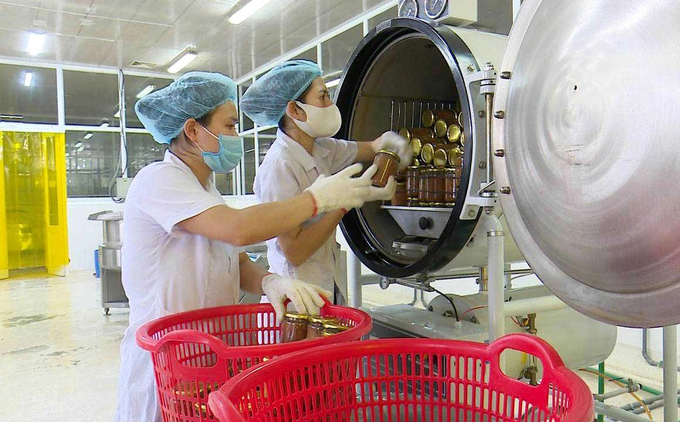
The trade balance in goods after 9 months is estimated to have a trade surplus of $6.52 billion.
In the Report on industrial production and commercial activities in the first nine months of 2022, the Ministry of Industry and Trade said that the country's export turnover of goods reached about $282.52 billion, increasing 17.3% over the same period last year. The domestic economic sector reached $73.22 billion, up 16.4%, accounting for 25.9% of total turnover.
After 9 months, 32 products achieved an export turnover of over $1 billion, accounting for 92.8% of total export turnover. There are 6 items with an export turnover of over $10 billion, accounting for 63.9% of total export turnover.
The processed industrial products group is still the driving force in the overall export growth, accounting for 89% of the total export. The agricultural and forestry products group accounted for 6.6%; aquatic products accounted for 3%; the fuels and minerals group accounted for 1.4%.
This stem from the cumulative growth right from the first months of the year. Specifically, the added value of the processing and manufacturing industry was 10.69% (in the first quarter, it increased by 7.85%; in the second quarter, it increased by 11.07%; in the third quarter, it increased by 13.02%). The value contributed 2.74% to the total added value of the whole economy.
Overall, the export turnover of goods in September 2022 was estimated at $29.94 billion, down 14.3% compared to August. However, the turnover is still up 10.3% over the same period in September 2021.
Regarding industrial production, 61/63 provinces and cities increased the index of industrial production (IIP). Some places achieved impressive double-digit growth: Bac Giang 46.6%; Can Tho 37.1%; Quang Nam 30.3%; Vinh Long 30.7%; Kien Giang 26.8%; Khanh Hoa 26.8%; Ben Tre 24.2%. This helps September 2022 IIP increase by 1.8% compared to August 2022, and up to 13% over the same period in 2021.
The 9-month production index contains several secondary industries with a sharp increase. Beverage production increased by 31.9%; production of costumes increased by 22.5%; production of leather and related products increased by 20.4%; production of drugs, pharmaceutical chemicals, and medicinal materials increased by 18.3%; production of electrical equipment increased by 14.9%... In contrast, the production of rubber and plastic products decreased by 5.4%; metal production fell by 0.8%.
Some key industrial products in the first 9 months of 2022 increased sharply compared to the same period last year. Beer production increased by 35.8%; processed seafood increased by 20.4%; phone components increased by 17.3%; automobiles increased by 16.5%; bar steel and angle steel increased by 15.4%; casual wear increased by 13.2%. Cigarette production also increased by 11.4%; leather shoes and sandals increased by 10.2%; chemical paint increased by 10.1%; MSG increased by 9.6%.
However, some products show a huge reduction. Production of iron and crude steel fell 13.7%; mobile phones fell 5.8%; mixed fertilizer NPK decreased by 4.1%; aquatic feed decreased by 3.3%; fabrics made from man-made fibers decreased by 3.1%; liquefied petroleum gas (LPG) down 2.5%; televisions of all kinds decreased by 1.8%; crude oil production decreased by 0.6%.
September's trade balance has a trade surplus of $1.14 billion. In general, over 9 months, the trade balance of goods was estimated to have a trade surplus of $6.52 billion, nearly double that of the same period last year. The main driving force was the foreign-invested sector (including crude oil), which achieved a trade surplus of $29.41 billion. The main driving force was the foreign-invested sector (including crude oil), which achieved a trade surplus of $29.41 billion.
Determining that the last 3 months of 2022 will play an important role, the Ministry of Industry and Trade will plan to open up, promote the development of the domestic market, and support trade and exchange activities. In addition, the Ministry and its affiliated units will closely monitor developments in supply and demand, financial, monetary, and commodity markets to proactively take measures to control inflation and stabilize the economy.
Translated by Hoang Duy
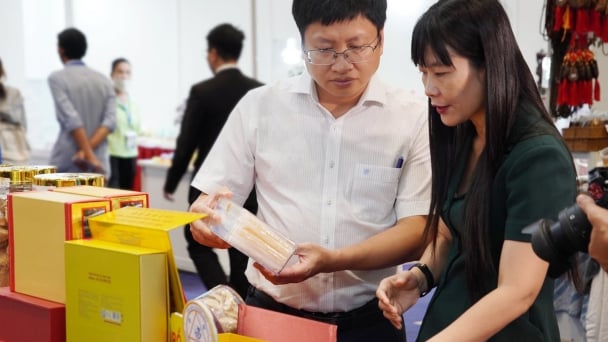
(VAN) KOCHAM Deputy President expects that Vietnam would accelerate innovation and development of bird’s nest-based products as a representation of Vietnamese culture.
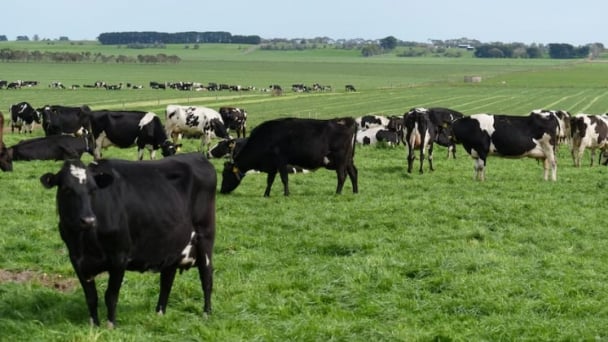
(VAN) Imported dairy products are weakening the local industry, according to dairy farmers and processors.
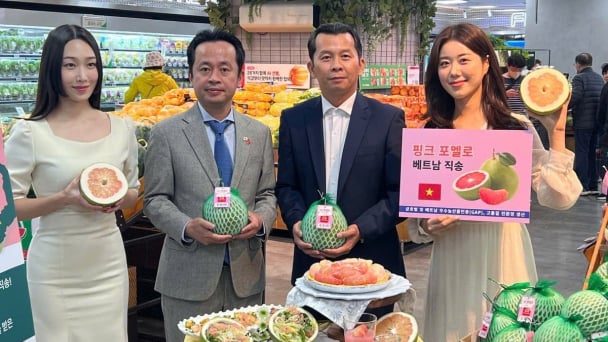
(VAN) April 10 marked a significant milestone for Vietnam's agricultural exports as Vietnamese pomelos officially became available at the Lotte Mart supermarket chain in South Korea.
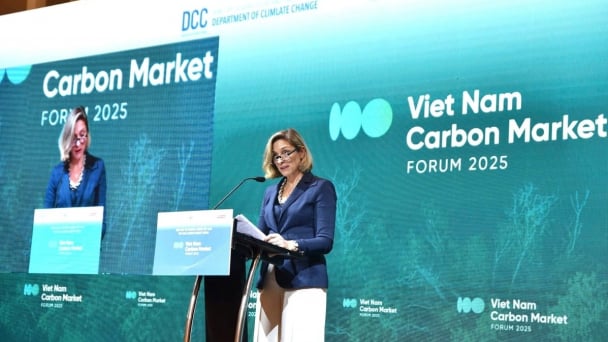
(VAN) Vietnam is focusing on developing the legal framework and technical infrastructure for the carbon market, with committed support from global financial institutions.
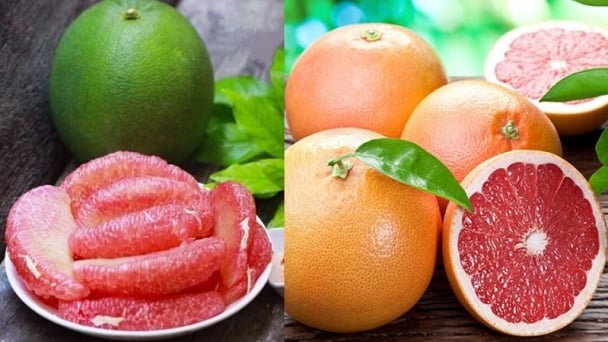
(VAN) The citrus fruits market in China is expected to slow down, but still show steady expansion, with volume reaching 56M tons and value reaching $71B by the end of 2035.
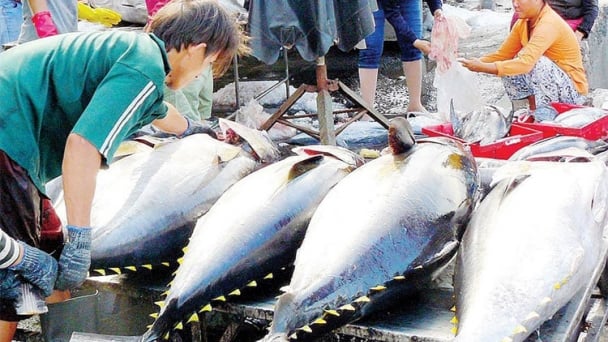
(VAN) The European Union issued a notice regarding the amendment of Annex III of Regulation (EC) No 853/2004 and aims to introduce new provisions in the fourth quarter of 2025.

(VAN) Vietnam has great potential for exporting food to the global Halal market, but there is a need to build an ecosystem to develop this market.